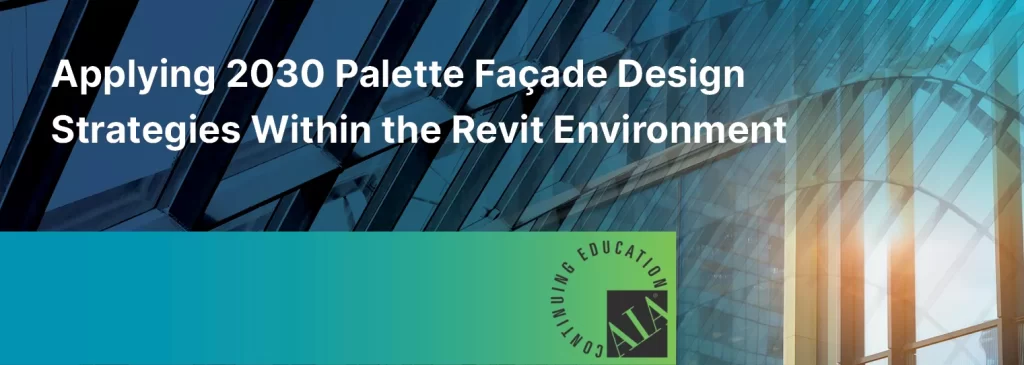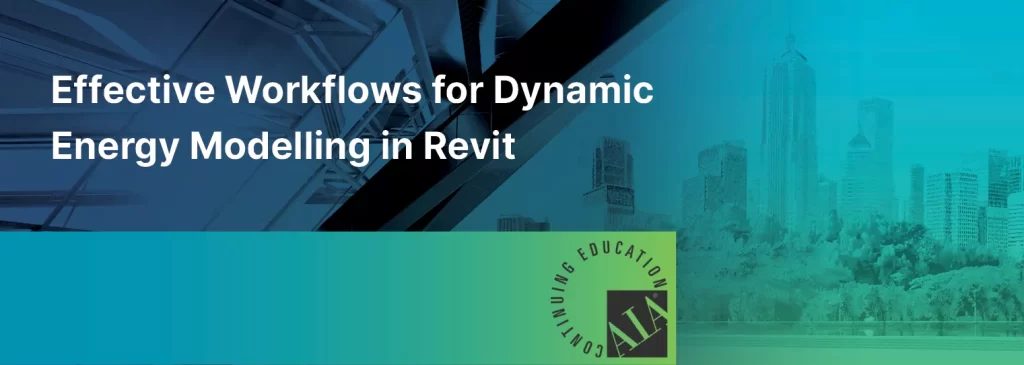Program Description
How we manage, plan, and design our built environment will determine whether climate change is manageable or catastrophic. With the 2030 Palette, designers have the tools they need to design adaptive, resilient, and Zero Net Carbon built environments.
This presentation outlines how the principles and strategies of the 2030 Palette for façade design can be applied to new and existing buildings at different design stages, and how to get a better understanding of the implications of design decisions.
It will cover the effects of passive characteristics such as solar, thermal and daylighting, and how these can be managed and optimized through decisions around geometry and materiality at the earliest stages of a building design process.
Learning Objectives
- Understand the impacts of existing building facades and the need to design new buildings that are adaptive and resilient to transform our built environment.
- Identify the benefits of passive design strategies relating to the façade.
- Determine appropriate façade design strategies of the 2030 Palette to optimize building performance at differing stages of the architectural design process.
- Utilize building information modelling tools to understand the effects of these strategies in real-time.





